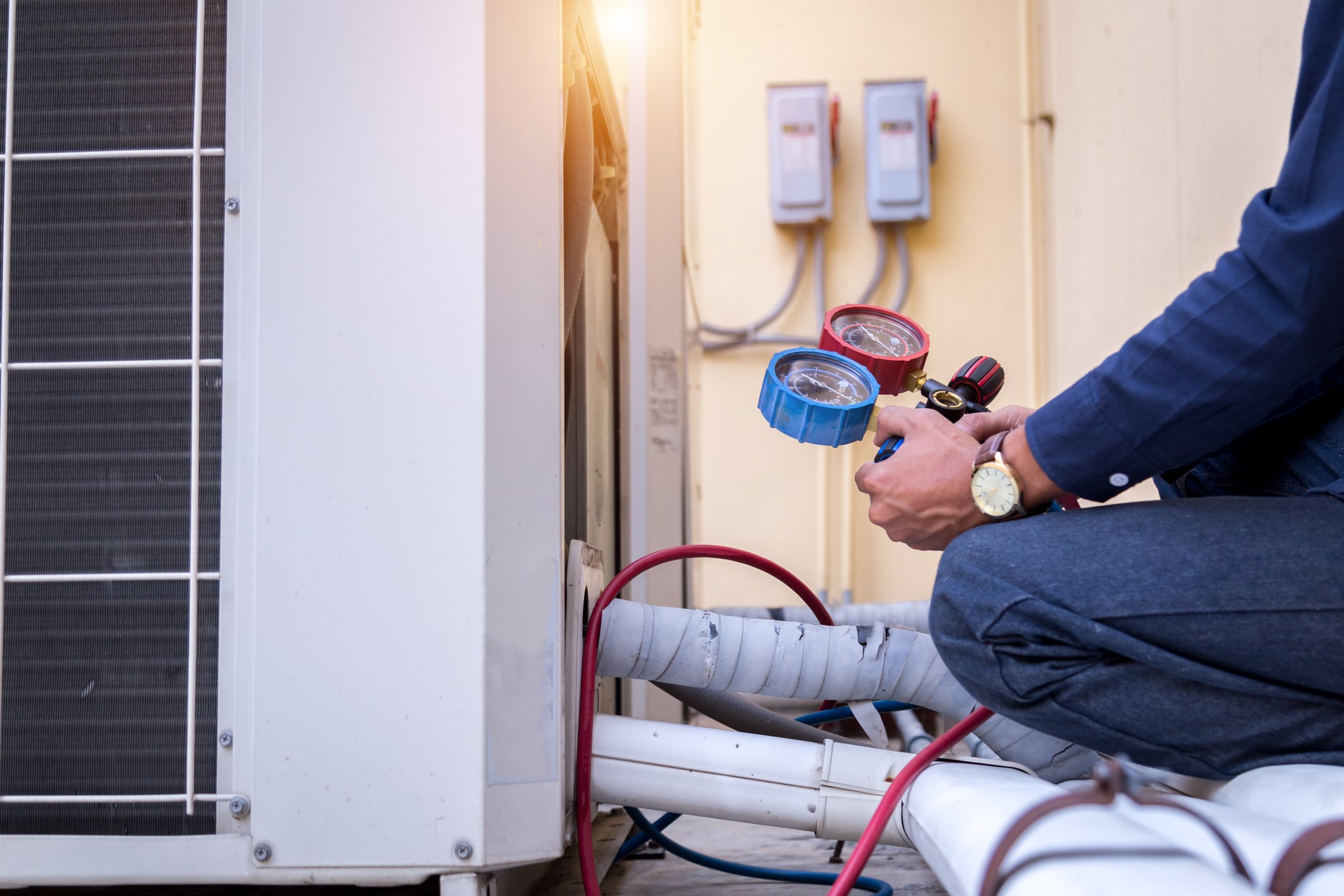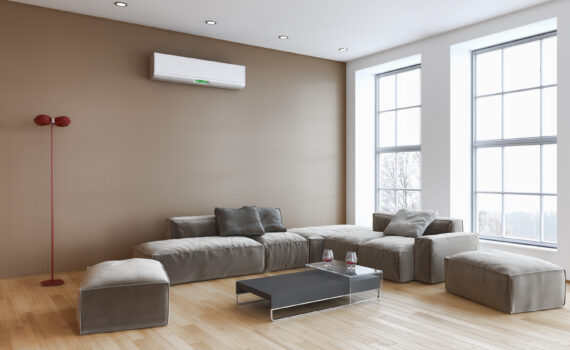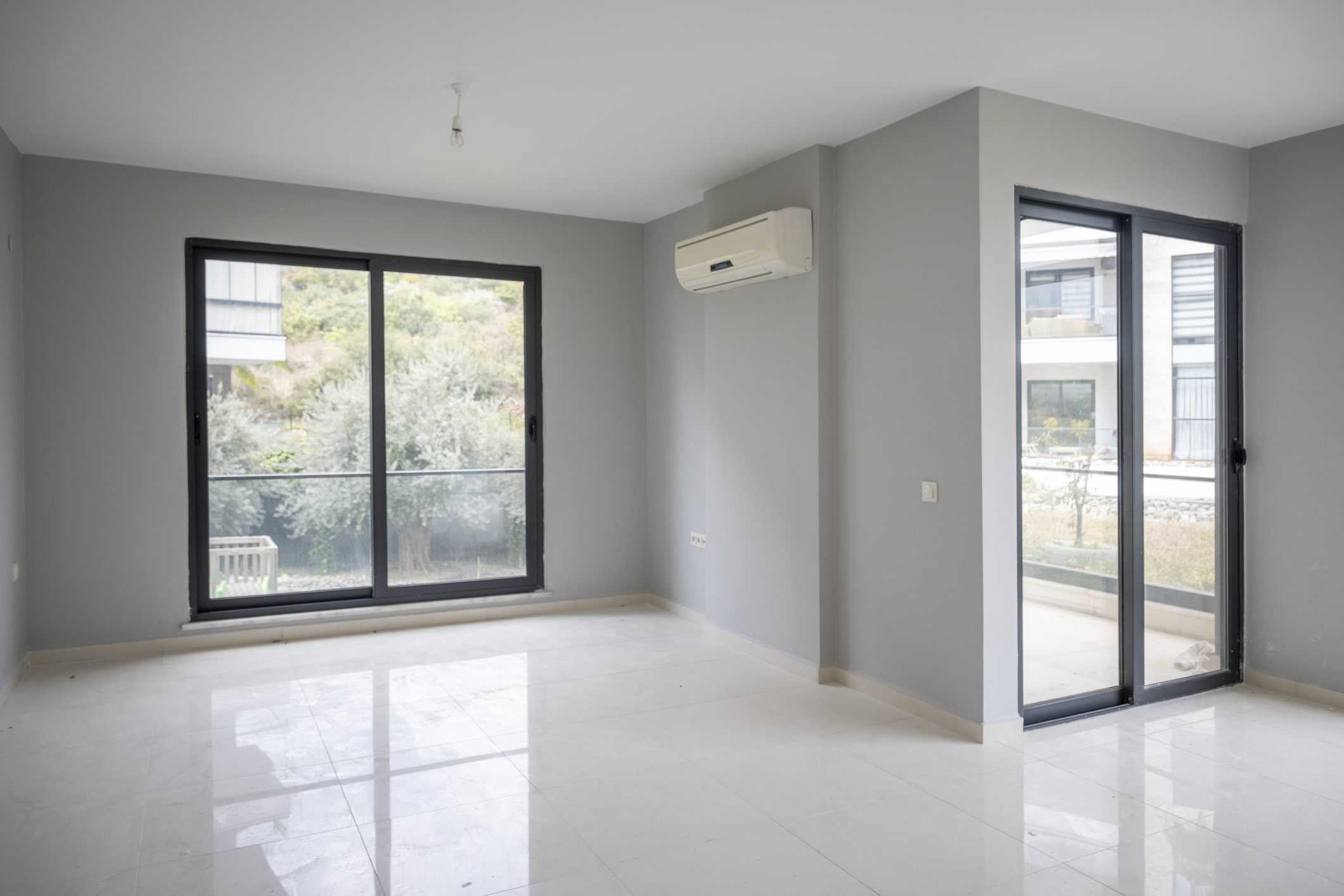
Warning Signs That It’s Time to Replace Your AC Systems
Florida’s hot, humid climate demands a reliable air conditioning system to keep homes cool and comfortable. Over time, even the best systems wear down. Knowing when to replace your AC can save you from unexpected breakdowns and rising costs. In this article, we’ll explore common warning signs, how long AC units and HVAC systems last in Florida, and key factors to consider when deciding to upgrade.
How Long Do AC Units Last in Florida?
The average lifespan of an AC system is typically 10-15 years. However, in Florida’s harsh environment—where AC systems endure nearly constant operation—the lifespan often falls to 8-12 years. High humidity and salt air in coastal areas can accelerate wear, reducing system efficiency over time.
Proper maintenance, such as regular filter changes and tune-ups, can help extend an AC’s life, but eventually, replacement becomes the more cost-effective option.
6 Warning Signs It’s Time to Replace Your AC System
1. Frequent Repairs
When repair costs start adding up, it’s a clear sign your AC system is nearing the end of its life. Use the $5,000 rule: multiply the repair cost by the system’s age. If the total exceeds $5,000, replacement is the smarter investment.
Frequent breakdowns disrupt comfort and lead to unexpected expenses. Investing in a new, energy-efficient system can provide peace of mind and long-term savings.
2. Rising Energy Bills
A sudden spike in your utility bills, despite consistent AC usage, could signal declining efficiency. Older systems often work harder to maintain comfortable temperatures, wasting energy in the process.
Switching to a high-SEER-rated system designed for Florida’s climate can drastically reduce cooling costs and improve overall performance.
3. Inconsistent Temperatures
Hot and cold spots in your home are often caused by an aging or failing AC system. Issues with ductwork, declining performance, or outdated technology might prevent your unit from distributing cool air evenly.
If troubleshooting common issues like filter clogs or blocked vents doesn’t solve the problem, it may be time to upgrade to a modern system with enhanced air circulation.
4. Excessive Humidity or Poor Air Quality
Florida’s climate makes effective humidity control critical. If your AC struggles to dehumidify your home, it can lead to higher indoor humidity levels, musty odors, and even mold growth.
Diminished air quality and persistent humidity are clear signs that your system can no longer keep up with demand.
5. Strange Noises or Odors
Unusual noises like grinding, banging, or screeching often indicate mechanical issues, while burning smells can suggest electrical problems. Ignoring these warning signs could result in costly damage or unsafe conditions.
Replacing a failing system prevents further disruptions and ensures your home remains safe and comfortable.
6. Expired Warranty
Most AC systems come with warranties lasting 5-10 years. Once the warranty expires, repair costs can escalate. Instead of spending on major repairs for an aging unit, consider upgrading to a new system with an extended warranty and improved efficiency.
When to Replace Heating and Air Conditioning Together
While Florida residents rarely use their heating systems, replacing both components at the same time can provide long-term benefits:
- Energy Efficiency: Newer systems work seamlessly together to optimize energy use.
- Cost Savings: Bundling replacements often reduces installation costs.
- Performance Improvements: Modern systems offer better air circulation and more consistent temperatures.
Why Florida AC Systems Require Special Attention
- Salt Air and Coastal Corrosion: Homes near the coast face unique challenges, as salt air accelerates the corrosion of AC components. Routine maintenance and anti-corrosion treatments can help, but these systems often require replacement sooner than inland units.
- Year-Round Use: Unlike in cooler climates, Florida residents rely on their AC systems throughout the year. This constant operation shortens the HVAC lifespan, making proactive replacement essential.
Steps to Take When Replacing Your AC System
- Assess Your Home’s Cooling Needs: Evaluate your home’s size, layout, and insulation to determine the right system capacity. An improperly sized unit can lead to inefficiencies and higher energy bills.
- Choose Energy-Efficient Features: Look for systems with high SEER ratings, smart thermostats, and advanced humidity control. These features enhance comfort while reducing long-term energy costs.
- Work with Trusted Professionals: A licensed HVAC technician can guide you through the selection process, ensuring your new system meets Florida’s energy efficiency standards and your unique needs.
Extending the Life of Your New AC System
Once you’ve replaced your AC system, proper care can maximize its lifespan:
- Schedule Regular Maintenance: Annual tune-ups help prevent major issues and maintain peak efficiency.
- Change Filters Frequently: Replace filters every 1-3 months to ensure clean air circulation.
- Monitor Performance: Keep an eye on energy bills and indoor comfort to catch potential problems early.
Partner with Natal Air Conditioning for Reliable AC Solutions
At Natal Air Conditioning, we specialize in keeping Florida homes cool and comfortable. From diagnosing failing systems to installing state-of-the-art replacements, our team delivers top-notch service tailored to your needs. Contact us today to schedule a free consultation and ensure your home stays comfortable year-round.











